Mold Remediation Costs in Clarksville Maryland: | SI Restoration
Mold remediation costs, also referred to as mold removal cost, are hard to calculate. Hiring a reputable mold remediation company is important for obtaining accurate cost estimates and understanding the detailed breakdown of mold removal costs.
Although I would assume that most states in the United States are similar, I can only speak of:
-
Clarksville Maryland
-
Washington DC
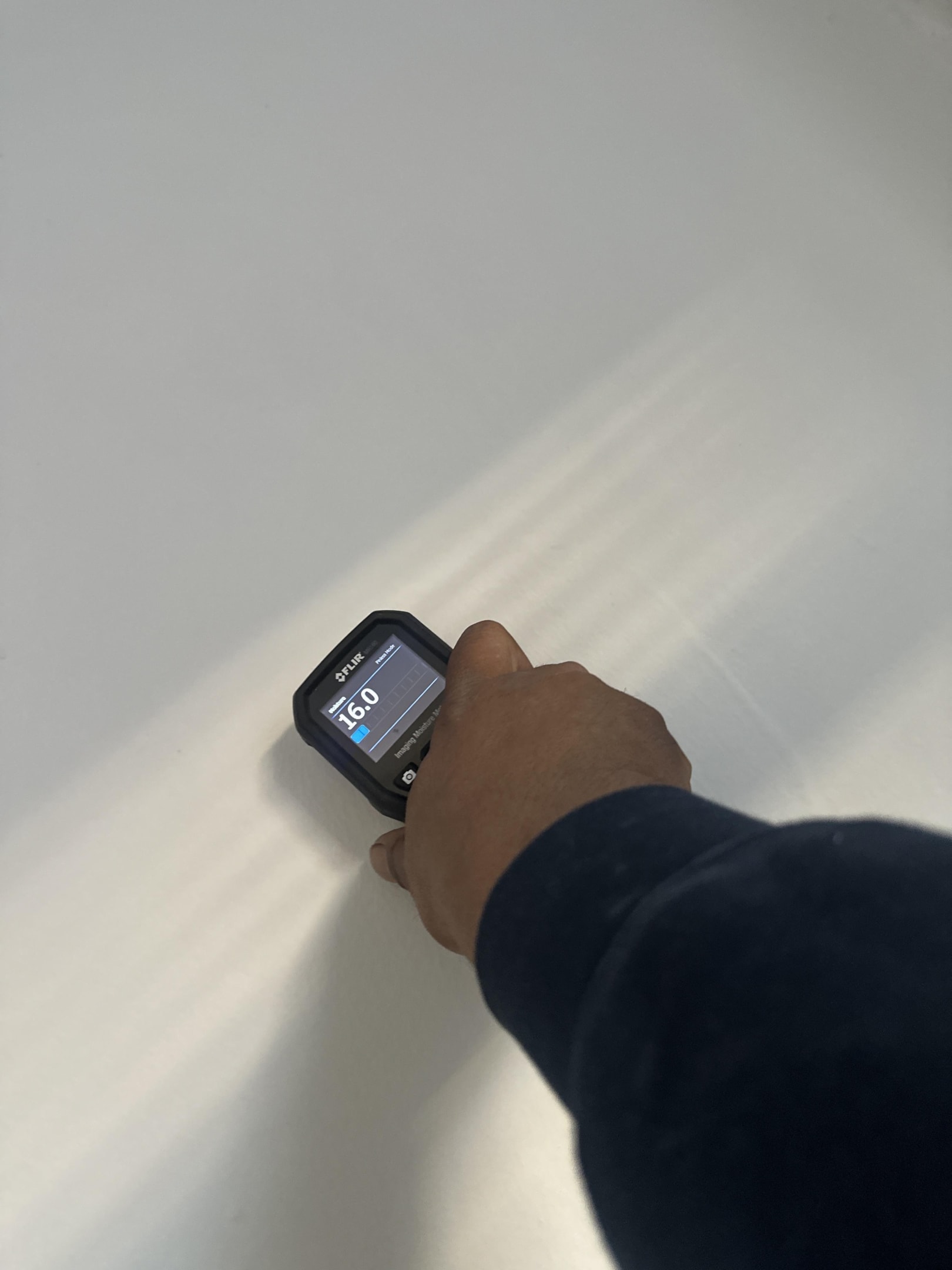
The cost you should pay boils down to how much liability you want to take on and what chances you want not to get sick. Both issues lead to the different levels of costs. Understanding the mold remediation process is also important as it involves not just removal but also necessary repairs and replacements.
Let's discuss Mold Removal and or Mold Remediation Costs in Clarksville Maryland.
But first let's understand what mold is and what mold remediation and mold removal are so we can understand why mold remediation and mold removal cost what the way it does.
What Is Mold Remediation in Clarksville Maryland ?
Mold remediation is the process of removing and preventing the growth of mold in a building or home. It involves identifying and addressing the underlying causes of black mold , such as moisture and humidity, and taking steps to eliminate the mold and prevent its return.
Mold remediation is crucial for maintaining a healthy living environment, as mold can cause various health issues and home damage if left unchecked. Addressing a mold infestation promptly is essential to prevent risks and home damage.
Definition of Mold Remediation
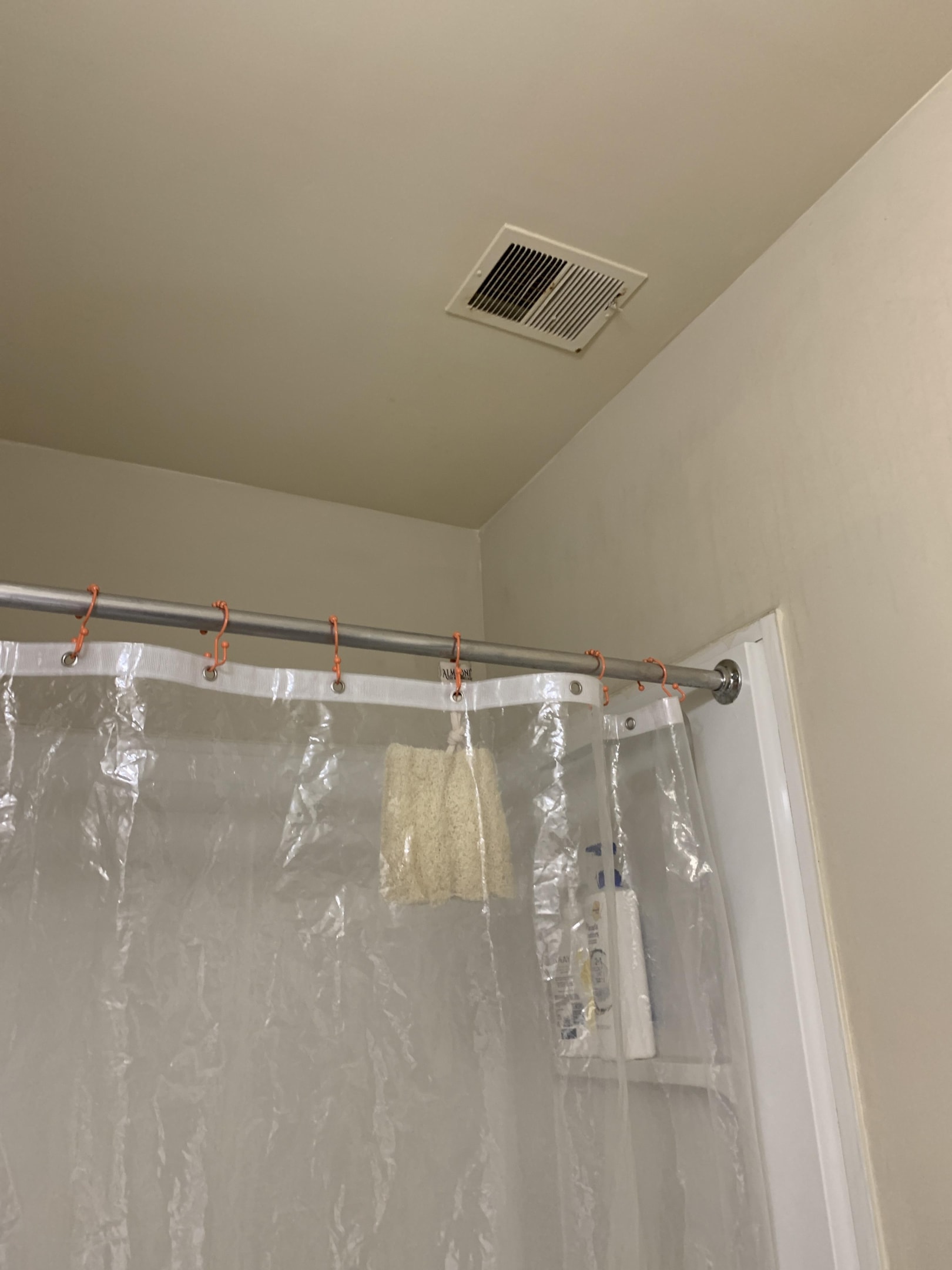
Mold remediation is a multi-step process that includes:
Assessment and Inspection:
Identifying the source and extent of black mold. This step involves a thorough inspection to locate all areas affected by mold.
Containment: Isolating the affected area to prevent the spread of spores. This is typically done using plastic sheeting and creating negative air pressure.
Removal: Physically removing the mold and affected materials. This can involve cutting out drywall, removing carpet, and other methods to eliminate mold-infested materials.
Cleaning and Disinfection: Cleaning and disinfecting the affected area to prevent the growth of new mold. This step ensures that any remaining black mold are eradicated.
Restoration: Repairing and restoring the affected area to its original condition. This may include replacing drywall, painting, and other restoration activities.
Each step is essential to ensure that mold is thoroughly removed and that the environment is safe and healthy. Mold remediation projects can vary in scale, from small DIY efforts to large professional interventions.
Importance of Mold Remediation
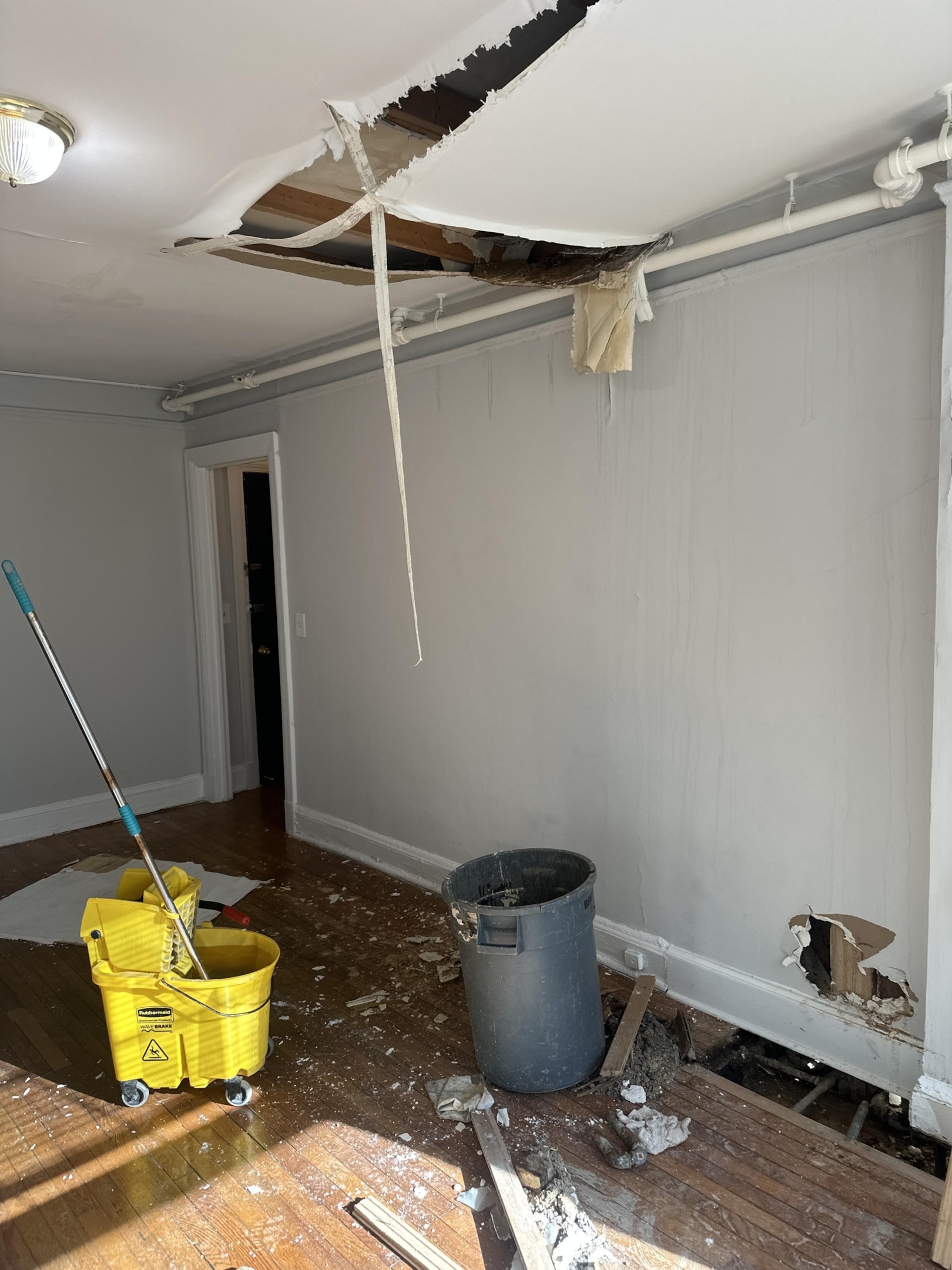
Mold remediation is important because mold can cause serious health problems, including respiratory issues, physical reactions, and even neurological damage. . By addressing unwanted growth and preventing its return, mold remediation can help to protect the health and safety of occupants and prevent costly repairs.
Ensuring proper mold remediation can save homeowners from future health issues and financial burdens associated with extensive mold damage. Ignoring a mold problem can lead to escalating risks and increased remediation costs.
Risks Associated with Unwanted Growth
Unwanted growth can pose significant risks to individuals, especially those with pre-existing respiratory conditions or weakened immune systems. Exposure spores can trigger reactions, respiratory issues, and even neurological problems. Some common risks associated with unwanted growth include:
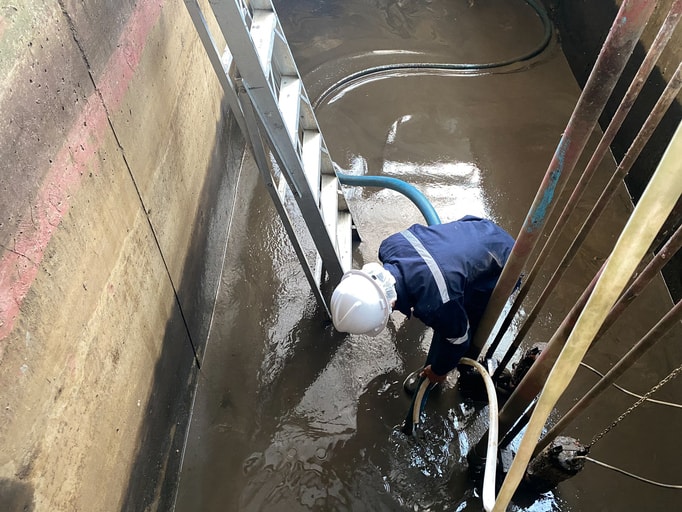
Allergic Issues:
Mold issues can cause reactions, such as sneezing, congestion, and itchy eyes. These symptoms can be particularly severe for individuals with mold allergies.
Respiratory Issues: Inhaling mold issues can exacerbate respiratory conditions like asthma, bronchitis, and chronic obstructive pulmonary disease (COPD). Prolonged exposure can lead to chronic respiratory problems.
Neurological Problems: Exposure to mold has been linked to neurological issues, including headaches, fatigue, and memory problems. These symptoms can significantly impact daily life and overall well-being.
Infections: In rare cases, mold can cause infections, especially in individuals with compromised immune systems. These infections can be severe and require medical intervention.
It is essential to address mold issues promptly and effectively to prevent these health issues. If you suspect mold issues in your home, consult a professional mold remediation company to ensure safe and effective removal.
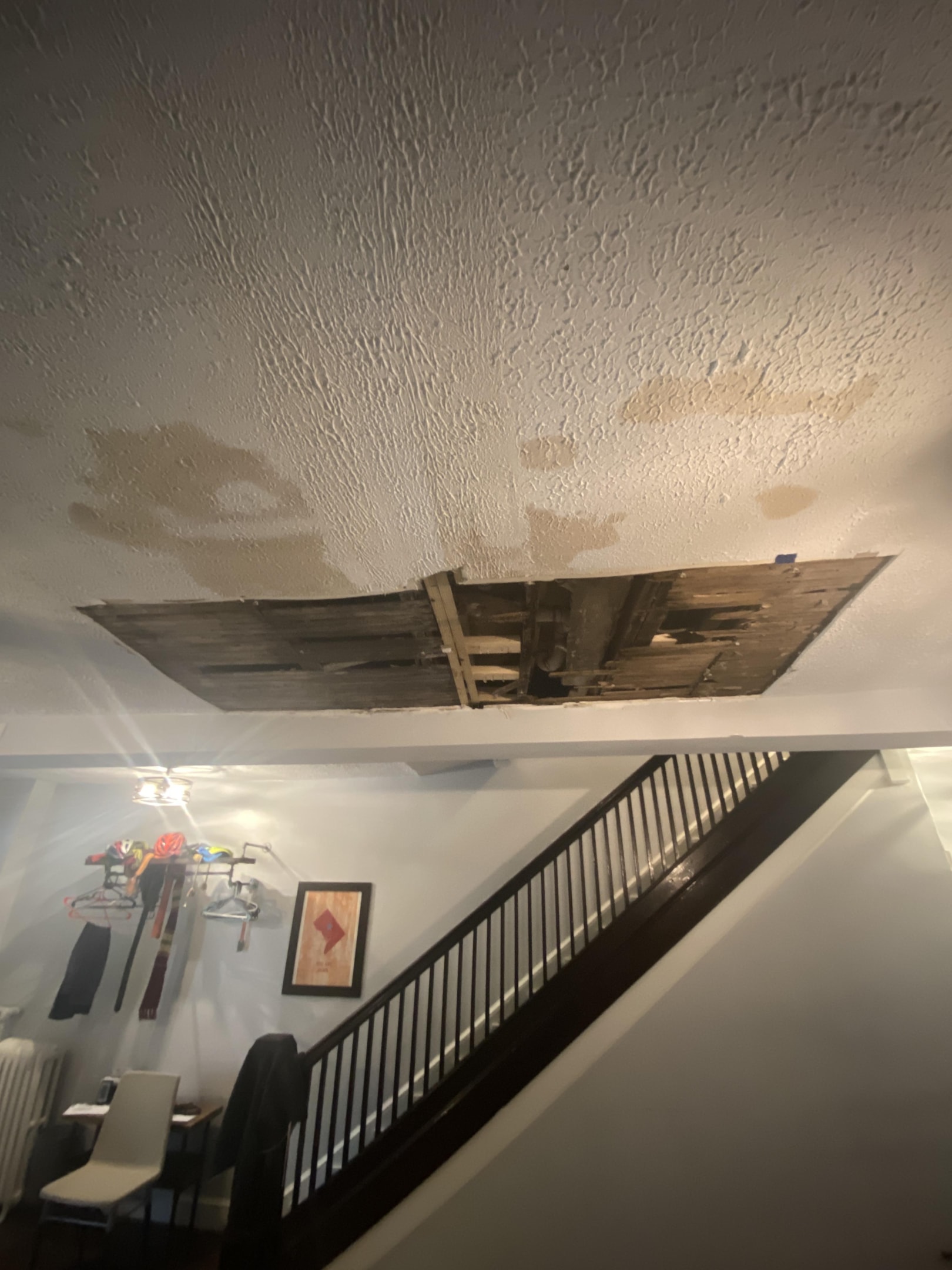
Factors Affecting Mold Remediation Cost
The cost of mold remediation, often referred to as mold removal cost, can vary widely depending on several factors. Understanding these factors can help homeowners and building owners better prepare for the costs associated with mold remediation and take steps to prevent mold in the future.
The cost of mold removal services can vary based on the extent of the infestation and the specific services required. Understanding the various factors that influence mold removal costs can help homeowners budget more effectively for remediation.
Location and Size of Affected Area
The location and size of the affected area can significantly impact the mold removal cost. Basement mold is particularly common in high-humidity environments and can lead to significant remediation costs.
Issues in hard-to-reach areas, such as attics or crawl spaces, can be more expensive to remediate than unwanted growth in easily accessible areas.
Additionally, larger areas of mold remediation require more time, labor, and materials to remediate, increasing the overall mold removal cost.
Other factors that can affect the cost of mold remediation include:
Type of Mold:
Some types of mold, such as black mold, can be more expensive to remediate than others due to their toxicity and the specialized procedures required for removal.
Extent of Damage:
Mold remdiation can cause significant damage to buildings and homes, including structural issues and costly repairs. The more extensive the damage, the higher the remediation costs.
Labor Costs:
The cost of labor can vary depending on the location, experience, and qualifications of the mold remediation professional. Hiring experienced professionals may cost more but can ensure thorough and effective remediation.
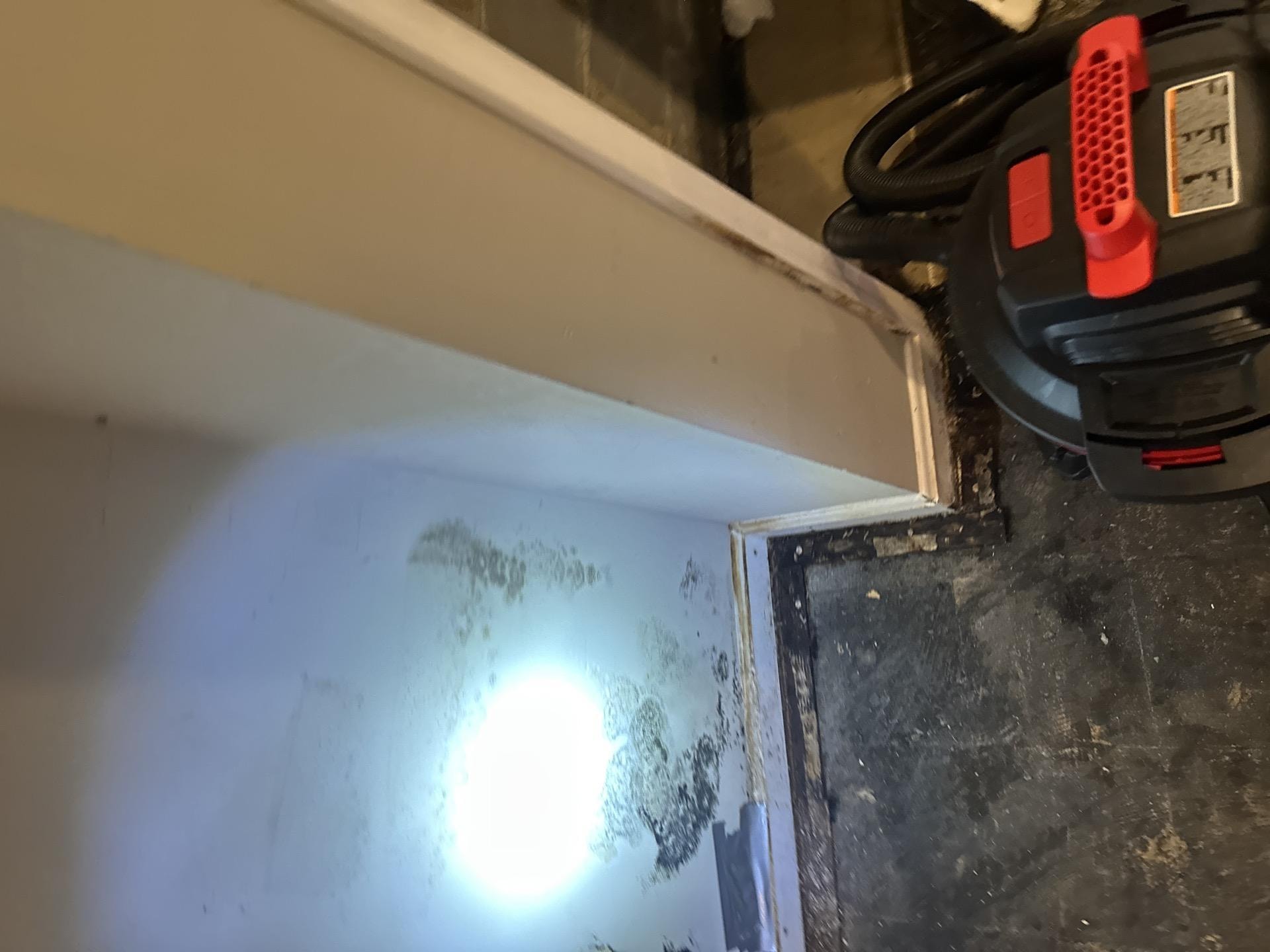
Materials and Equipment:
The cost of materials and equipment, such as personal protective equipment (PPE), cleaning solutions, and HEPA vacuums, can also impact the overall cost of mold remediation.
By understanding these factors, homeowners can make informed decisions about mold remediation and take proactive steps to prevent mold remediation , ultimately saving on future remediation costs.
Types of Mold in Clarksville Maryland
Mold is a type of fungus that thrives in various environments, including homes and buildings. Different types of mold have unique characteristics and growth patterns, which can influence the cost of mold remediation. Some common types of mold include:
Aspergillus:
This common indoor mold can cause reactions and respiratory problems. It’s often found in damp areas like bathrooms and kitchens.
Black Mold (Stachybotrys chartarum):
Known for its toxicity, black mold can lead to serious health issues, including respiratory problems and neurological damage. Its removal requires specialized procedures, making it more expensive to remediate.
Cladosporium:
Typically found outdoors, Cladosporium can also grow indoors on surfaces like wood and fabrics, causing physical reactions.
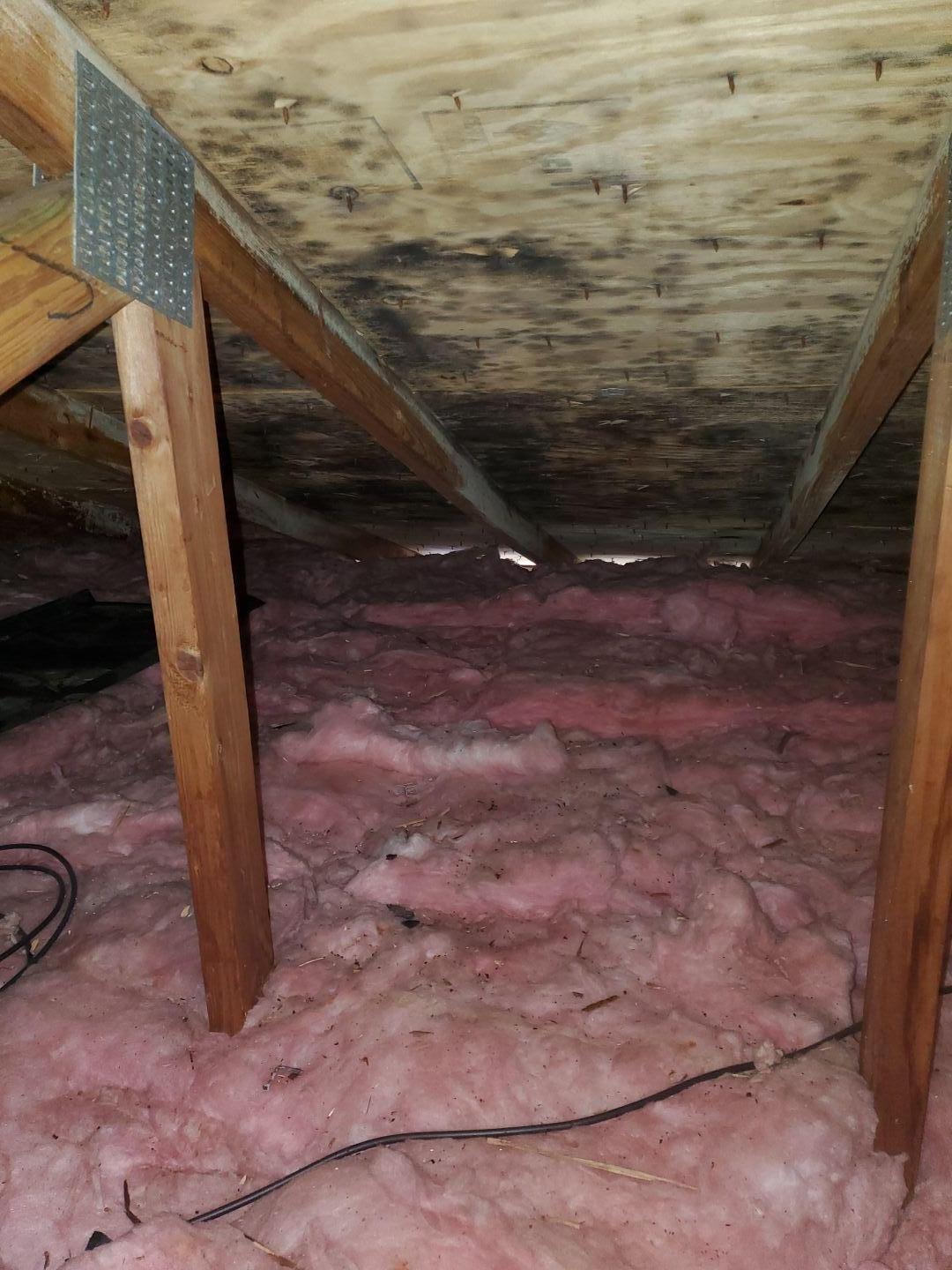
Penicillium:
This mold can grow on surfaces and is known for causing allergic reactions. It’s often found in water-damaged buildings.
Alternaria:
Commonly found on surfaces, Alternaria can cause allergic reactions and is often present in damp areas.
Mold Remediation Level One: “ Just Cut it out”
Mold remediation level one, often referred to as “cut it out,” is a straightforward and cost-effective method for dealing with small areas of mold growth.
This approach involves physically removing and disposing of mold-infested materials, such as drywall or wall base.
The steps involved in this method include:
Identifying and Containing the Mold Growth:
-
Before removal, it’s crucial to identify the extent of the mold growth and contain the area to prevent the spread of spores.
Removing and Disposing of Mold-Infested Materials:
-
Affected materials are carefully cut out and disposed of to eliminate the mold.
Cleaning and Disinfecting the Affected Area:
-
The area is thoroughly cleaned and disinfected to remove any remaining spores.
Drying the Area Thoroughly:
-
Ensuring the area is completely dry helps prevent future mold growth.
While this method is effective for small, isolated mold problems, it may not be suitable for larger infestations or mold that has penetrated deeply into surfaces. DIY mold remediation at this level can be risky, as improper handling can spread spores throughout the home.
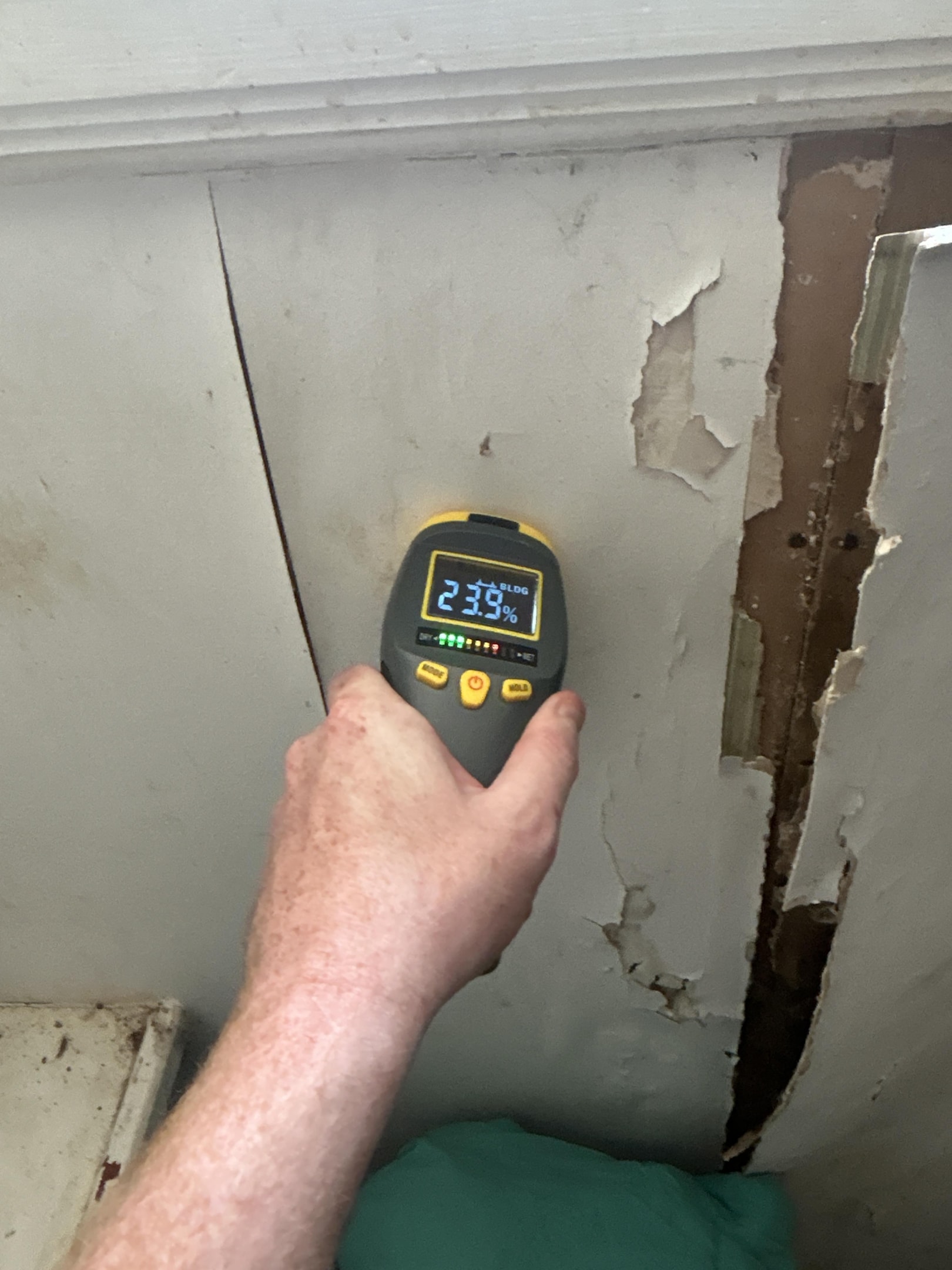
Mold Remediation Level Two: Contain it but no testing
A responsible restoration company will follow the IICRC S502 mold remediation guidelines and create a temporary plastic wall and plastic room around the effected area. Adding a negative air pressure to the room and then removing spore contained air through a HEPA filtered machine outside, is the accepted practice and is expected by the US court systems.
Although there are additional steps to this process, this is the main concept to prevent the spores from traveling to other areas of the house. The question left is did we get all the mold spores . A professional mold inspection is crucial to ensure all mold is identified and properly addressed. Who says the location is healthy and free of legal issues?
Mold remediation professionals play a vital role in ensuring thorough and safe remediation, bringing their expertise to manage costs and prevent health risks. A professional mold inspection is crucial to ensure all aspects of the mold problem are identified and addressed. Let’s go to the next level
Mold Remediation Level Three: Testing and Mold Remediation Process
This is the entertaining part of this article, the testers. You see to become a “mold tester” all you need to do ( if that ) is to take a non licensed school course and presto you are a mold tester. Even if the tester sends the samples to an accredited lab, it’s still questionable.
If the samples were taken incorrectly then any reading will not be accepted by a judge. Remember that in legal situations an opposing attorney can find ways to question a non scientist taking samples.
But hiring a scientist would be the way to test and the easiest way to do this, would be to hire an industrial hygienist ( IH ). An IH is accepted by most judges for their testing and actually IH’s will take the liability of the situation leaving the remaining parties protected.
Also those who are concerned about getting ill, should be more relieved that the correct person is watching the mold remediation situation.
Accurate testing is crucial in a mold remediation project to ensure that all mold is properly identified and removed. Accurate testing is crucial in identifying the full extent of a mold infestation and ensuring effective remediation.
This is a brief summary of why you will notice different mold remediation costs among companies and even within a particular company. It’s ultimately your decision and what you feel is best for your situation.
Professional mold removal ensures that testing is done accurately and reliably, using specialized knowledge and equipment to prevent health issues.
We have more Mold Remediation FAQ‘s as well if you need more information on it.
Mold Remediation Cost Breakdown
Mold remediation costs, also known as mold removal cost, can vary widely depending on several factors, including the location, size, and type of mold, as well as the extent of the damage. Here is a breakdown of the typical costs associated with mold remediation:
-
Inspection and Testing: $200-$1,000- This initial step involves a thorough inspection and testing to identify the type and extent of mold growth. Accurate testing is crucial to ensure effective remediation.
-
Containment and Removal: $1,000-$5,000- Containment involves isolating the affected area to prevent the spread of mold spores. Removal includes physically eliminating the mold and any contaminated materials.
-
Cleaning and Disinfection: $500-$2,000- This step ensures that all surfaces are thoroughly cleaned and disinfected to prevent future mold growth. Specialized cleaning solutions and equipment are often used.
-
Restoration and Repair: $1,000-$5,000- After mold removal, the affected area may require repairs and restoration, such as replacing drywall, painting, and other necessary fixes to return the space to its original condition.
Total Cost: $3,000-$13,000
It’s essential to note that these costs are only estimates, and the actual cost of mold remediation may be higher or lower, depending on the specific circumstances of the project. Understanding these potential expenses can help homeowners budget for mold remediation and take proactive steps to prevent mold growth.
DIY vs. Professional Mold Removal
While it may be tempting to try to remove mold yourself, it’s often best to hire a professional mold remediation company. Here are some reasons why:
-
Safety: Mold can be hazardous to your health, and improper removal can lead to further contamination and health risks. Professional mold remediation companies have the necessary protective gear and expertise to handle mold safely.
-
Effectiveness: Professional mold remediation companies have the training, equipment, and expertise to ensure that the mold is removed completely and safely. They follow industry standards and guidelines to ensure thorough remediation.
-
Cost: While DIY mold removal may seem cheaper upfront, it can end up costing more in the long run if the mold is not removed properly and returns. Professional mold removal ensures that the job is done right the first time, potentially saving you money on future remediation costs.
That being said, if you do decide to attempt DIY mold removal, here are some tips to keep in mind:
-
Wear Protective Gear: Including gloves, a mask, and eye protection to minimize exposure to mold spores.
-
Use a Solution of Bleach and Water: To clean the affected area. Ensure that the solution is strong enough to kill the mold but safe for the surfaces being cleaned.
-
Dry the Area Thoroughly: To prevent further mold growth. Use fans and dehumidifiers to ensure the area is completely dry.
-
Consider Hiring a Professional: If the mold is widespread or in a hard-to-reach area. Professional mold remediation companies have the tools and expertise to handle large or complex mold problems.
By weighing the pros and cons of DIY versus professional mold removal, homeowners can make informed decisions about how to address mold problems in their homes.
DIY Mold Removal Risks and Considerations
While DIY mold removal may seem like a cost-effective solution, it can pose significant risks to your health and the integrity of your home. Some risks and considerations to keep in mind include:
-
Inadequate Removal: Without proper training and equipment, you may not be able to remove all mold growth, leading to continued health risks and potential re-growth. Incomplete removal can result in persistent mold problems.
-
Cross-Contamination: DIY mold removal can spread mold spores to other areas of your home, exacerbating the problem. Proper containment and removal techniques are crucial to prevent cross-contamination.
-
Health Risks: Exposure to mold spores during DIY removal can cause allergic reactions, respiratory issues, and other health problems. Without protective gear and proper procedures, you risk your health.
-
Structural Damage: Improper removal techniques can damage your home’s structure, leading to costly repairs. Professional mold remediation companies have the expertise to handle mold removal without causing additional damage.
If you decide to attempt DIY mold removal, ensure you take necessary precautions, including wearing protective gear, containing the affected area, and using proper cleaning solutions. However, it is often recommended to hire a professional mold remediation company to ensure safe and effective removal.
Hiring a Professional for Mold Remediation
Hiring a professional mold remediation company is often the best course of action when dealing with mold growth. These companies have the training, equipment, and expertise to safely and effectively remove mold, preventing health risks and structural damage.
Finding a Reputable Mold Remediation Company
When searching for a mold remediation company, consider the following factors:
-
Experience: Look for companies with extensive experience in mold remediation. Experienced professionals are more likely to provide thorough and effective services.
-
Certifications: Ensure the company is certified by reputable organizations, such as the Institute of Inspection, Cleaning and Restoration Certification (IICRC). Certifications indicate that the company follows industry standards and best practices.
-
Reviews: Check online reviews and ask for referrals to gauge the company’s reputation and quality of work. Positive reviews and testimonials can provide insight into the company’s reliability and customer satisfaction.
-
Insurance: Verify the company has adequate insurance coverage, including liability and workers’ compensation. Insurance protects you and the company in case of accidents or damages during the remediation process.
Getting Multiple Estimates
To ensure you find the best mold remediation company for your needs, get multiple estimates from different companies. This will allow you to compare prices, services, and approaches, making an informed decision. Be sure to ask for detailed breakdowns of the costs and services included in each estimate.
Checking Licenses and Certifications
Before hiring a mold remediation company, verify their licenses and certifications. This includes:
-
Business Licenses: Ensure the company is properly licensed to operate in your state and locality. A valid business license indicates that the company meets local regulatory requirements.
-
Mold Remediation Certifications: Look for certifications from reputable organizations, such as the IICRC. These certifications demonstrate that the company has undergone specialized training in mold remediation.
-
Insurance: Verify the company has adequate insurance coverage, including liability and workers’ compensation. This protects you from potential liabilities and ensures that the company is responsible for any damages or injuries that may occur during the elimination process.
By taking these steps, you can ensure you hire a reputable and qualified mold remediation company to safely and effectively remove mold from your home.
Preventing Future Mold Growth
Preventing mold growth is key to avoiding costly remediation projects. Here are some tips to help prevent mold growth in your home:
-
Control Moisture: Mold thrives in damp environments, so it’s essential to control moisture levels in your home. Use a dehumidifier in humid areas, and ensure good ventilation, especially in bathrooms and kitchens.
-
Fix Leaks Promptly: Leaks can provide a source of moisture for mold to grow. Fix any leaks promptly, and ensure that the area is dry before repairing. Regularly check for leaks in plumbing, roofs, and windows.
-
Improve Ventilation: Good ventilation can help to reduce moisture levels and prevent mold growth. Ensure that your home has adequate ventilation, especially in areas prone to moisture, such as bathrooms, kitchens, and basements.
-
Use Mold-Resistant Materials: When building or renovating, consider using mold-resistant materials, such as mold-resistant drywall and paint. These materials are designed to resist mold growth and can be a valuable investment in preventing future mold problems.
-
Regularly Inspect for Mold: Regularly inspect your home for signs of mold growth, and address any issues promptly. Look for visible mold, musty odors, and signs of water damage. Early detection and intervention can prevent small mold problems from becoming large, costly remediation projects.
By following these tips, you can help to prevent mold growth and avoid costly remediation projects. Taking proactive steps to control moisture, fix leaks, improve ventilation, and use mold-resistant materials can significantly reduce the risk of mold in your home. Regular inspections and prompt action can keep your home mold-free and ensure a healthy living environment.
If you want to find out more about SI Restoration and our services please contact us at the number on the top of the page. You can also use our contact form, as we service all of Maryland and Washington DC including but not limited too:
-
Baltimore, MD
-
Columbia, MD
-
Germantown, MD
-
Washington DC
-
Silver Spring, MD